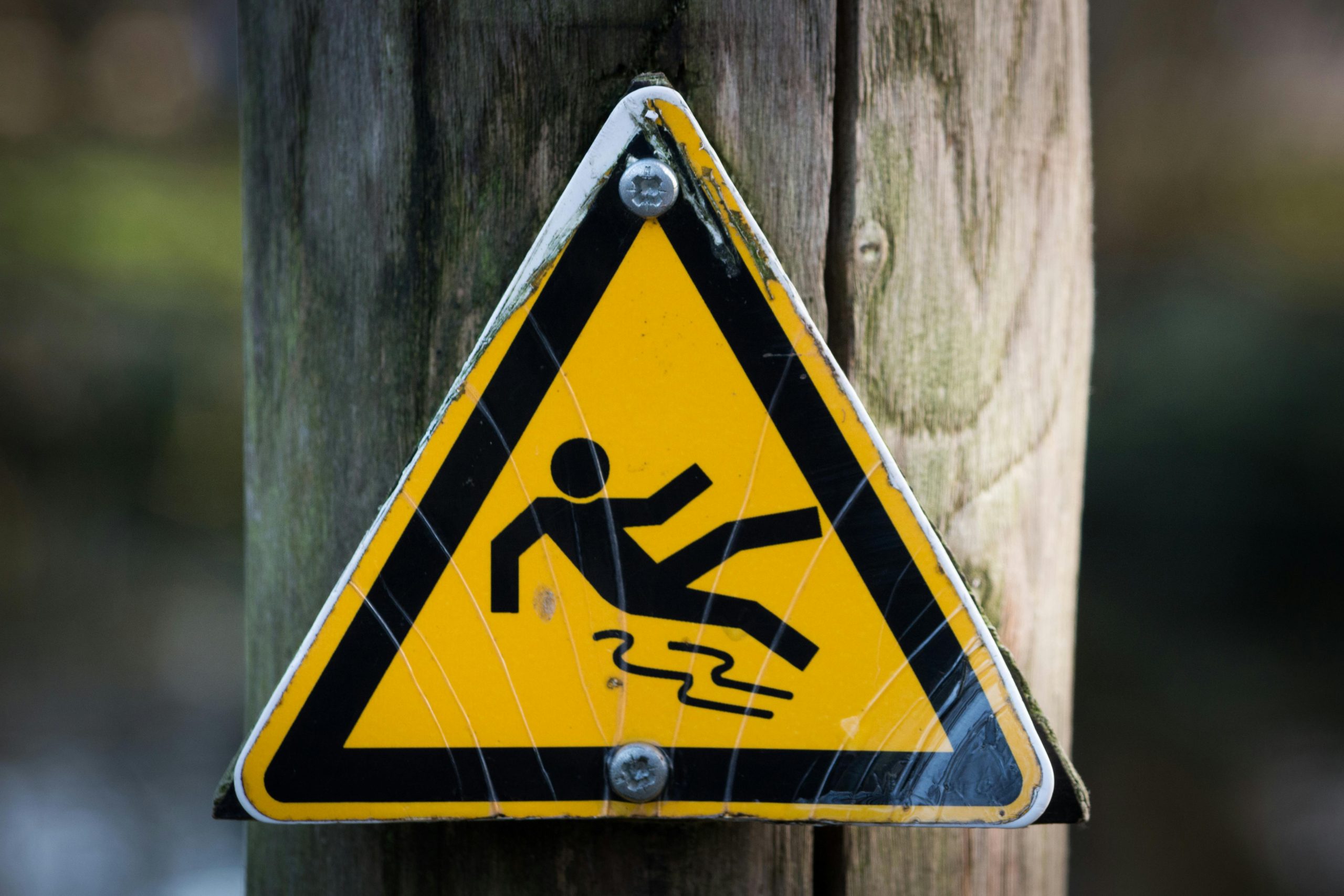 We’ve all heard the phrase “slip and fall,” often in a comedic context. However, slip-and-fall accidents can result in severe injuries and legal battles. The recent case of Foto v. Rouse’s Enterprises, LLC, highlights the complexities of such cases and what it takes to prove a merchant’s liability.
We’ve all heard the phrase “slip and fall,” often in a comedic context. However, slip-and-fall accidents can result in severe injuries and legal battles. The recent case of Foto v. Rouse’s Enterprises, LLC, highlights the complexities of such cases and what it takes to prove a merchant’s liability.
In 2013, Daisy Foto was shopping at a Rouse’s store in Louisiana. She slipped on a clear liquid on the floor, fell, and sustained injuries. Foto sued Rouse’s, claiming they were responsible for her injuries because they either created the hazardous condition, knew about it, or should have known about it.
Rouse’s argued they had no liability because Foto couldn’t prove they created the spill, knew about it beforehand, or that it had been there long enough for them to reasonably discover and clean it up. They presented evidence of a store inspection conducted earlier that morning, showing no hazards were noted.
Foto countered, arguing that the inspection was inadequate and that the spill had likely been there for some time, given that she had been in the aisle for about ten minutes and didn’t see anyone else. She argued this was enough to establish that Rouse’s had “constructive notice” of the hazard—meaning they should have known about it.
The trial court initially sided with Rouse’s, granting them summary judgment and dismissing Foto’s case. However, an appeals court reversed that decision. The appeals court determined that Foto had presented enough evidence to create a genuine question about how long the spill had been on the floor. The specific evidence the appeals court pointed to was the following;
- The liquid was present on Aisle 12 before Foto fell.
- Foto was on the aisle for about 10 minutes before falling, and no one else was there.
- The liquid wasn’t near similar products, suggesting it didn’t spill recently.
Because Foto presented that evidence in her opposition to Rouses’ motion, the appeals court felt a jury should decide whether Rouse had constructive notice of the hazard and was liable for Foto’s injuries.
In slip and fall cases, the burden is on the injured party to prove the merchant was negligent. This usually means showing the merchant created the hazard, knew about it, or should have known about it. Even if a merchant didn’t directly create a hazard or know about it, they can still be liable if it existed for a long enough time that they should have discovered and addressed it. The outcome of these cases often hinges on evidence about how long the hazard existed, any witnesses, and the store’s policies and procedures for inspections and maintenance.
Slip and fall cases can be complex. If you’ve been injured in a slip and fall accident, it’s essential to consult with an experienced personal injury attorney to understand your rights and options.
Additional Sources: Foto v. Rouse’s Enterprises, LLC
Written by Berniard Law Firm
Additional Berniard Law Firm Articles on Injury Premise Liablity: Construction Worker’s Electrocuted Injury Leads to Dispute Among Defendants Over Liability
 Insurance Dispute Lawyer Blog
Insurance Dispute Lawyer Blog

